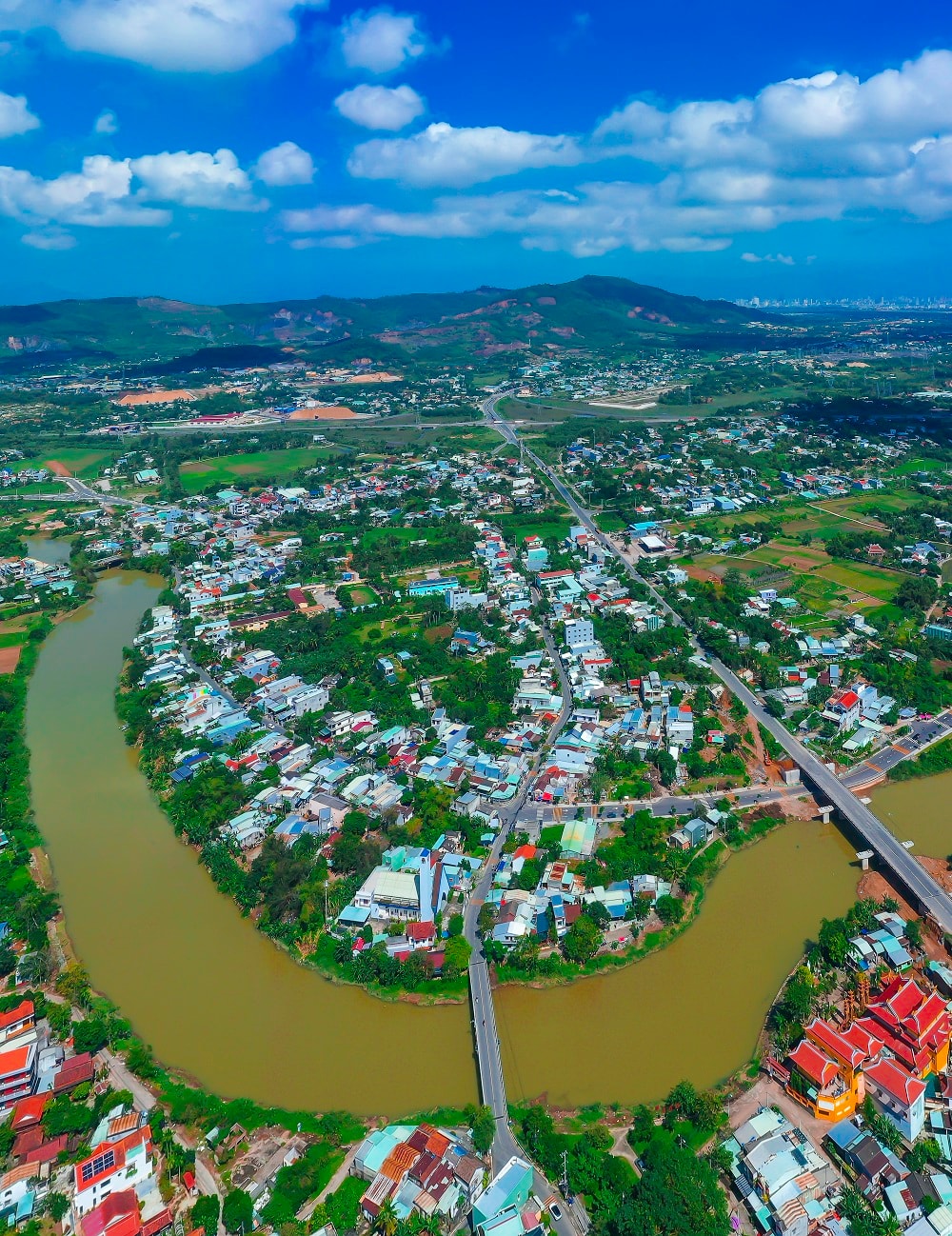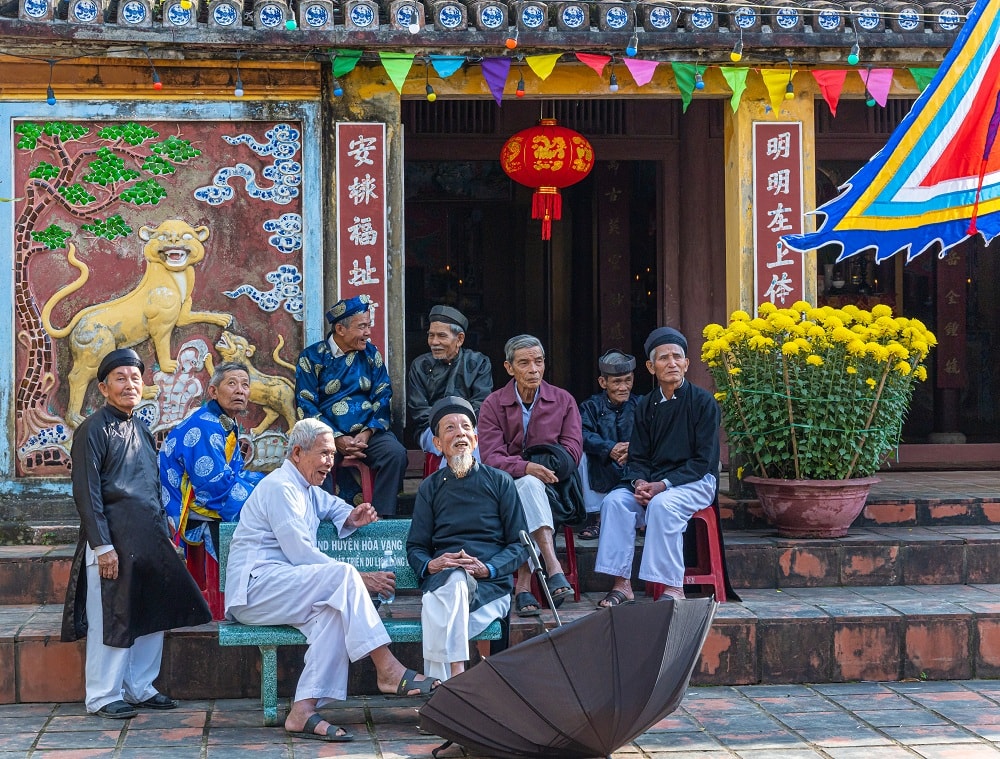
Within the framework of that book fair, the discussion session on Trends in Translation and Publishing of Contemporary Arabic Literature in Europe attracted attention due to the strong and systematic changes and developments of this land in recent decades. In particular, translating Arabic literature into English to introduce it to the world is a specific detail in a larger picture.
Without such strategic national and transnational activities, it would be difficult for the rest of the world to imagine the extremely unique, valuable and attractive treasure of literature and, more broadly, culture of the Arab world.
Soft power for national stature
Over the past 10 years, many Middle Eastern countries - especially Gulf countries such as Qatar, UAE, Saudi Arabia - have been actively transforming their development model, moving towards the "post-oil era" by investing heavily in culture, education and publishing indigenous knowledge as a strategic tool.
Going back to the past, in East Asian countries with a context closer to Vietnam; in the late 19th century, when Japan began its Meiji Restoration, they not only reformed the military or industrialized - but also exported a special "soft weapon": indigenous knowledge. Nitobe Inazo's book "Bushido: The Soul of Japan" written directly in English became the first bridge for the West to understand and respect the spirit of bushido - a core value of Japan. That was the time when Japan understood: They needed to tell their story to the world, so that the world could understand their spirit and soul.
A century later, South Korea, a poor post-war country, has taken the initiative to bring its native culture to the world through literature, comics, films, and academic knowledge. The South Korean government has established national translation centers and funded hundreds of books to be translated and published internationally. The success of Korean literature and knowledge has paved the way for the Hallyu wave and positioned South Korea as a cultural center of East Asia.
For Vietnam, a similar moment is coming. Within the Vietnamese cultural treasure trove are thousands of years of indigenous experience and knowledge - from traditional medicine, agricultural cultivation, philosophy of life, beliefs, folk art to the fields of social science research and literature... However, most of these values remain in the "silent zone" of the academic world and the international public. The world knows Vietnam mostly through war, cuisine, or tourism - but has not yet seen other diverse aspects of value.

What can we bring to the world?
One of the areas of indigenous knowledge of special value that Vietnam needs to promote to the world is Vietnamese studies - from the perspective of domestic researchers. Over the past decades, foreign scholars have contributed greatly to the archive of documents on Vietnam. However, such studies are sometimes limited by external perspectives and lack of vivid experiences with indigenous culture.
A typical example showing the necessity of promoting Vietnamese studies from domestic scholars in parallel with external perspectives is the case of research on the highlands from historical and ethnographic perspectives in recent years.
Notably, the work of French historian Philippe Le Failler on the Da River highlands - a unique cultural, historical and ethnographic space of the Northwest was published in 2014 in French, and in 2025 in Vietnamese titled "Da River": History of a border region (published by Omega Plus and Hong Duc Publishing House).
A Western historian's approach offers very fresh and thought-provoking insights into this subject.
However, besides that documentary vision, there is also a need for presence and voice from within - from indigenous researchers such as Nguyen Manh Tien with his work "Du ca mountain peaks: A way to find the H'Mong personality" published by The Gioi Publishing House and Song Thuy Bookstore.
With the advantages of fieldwork approach, vivid and rich experiences and deep penetration into the social and spiritual life of the H'Mong people, not to mention the advantages in terms of language, ethnologist Nguyen Manh Tien has very important additions to the perspective on the history of Vietnam's mountainous regions.
His book is not only a study, but also an “inside account” of worldviews, lifestyles, music, rituals – aspects often overlooked when viewed from the outside.
The above parallel presence shows that: Vietnamese studies not only needs international voices, but also needs domestic scholars to be supported, published internationally and have the conditions to speak up the academic voice of their own community. They are the ones who protect, renew and bring the border region's identity into the global flow of knowledge.
The creation of a system of Vietnamese studies works in English (and other languages) led by Vietnamese people - with the support of international publishers, universities or translation centers - is not only an academic move, but also a strategy of soft power influence. Such works can play a role in reshaping the way the world understands Vietnam.
Another area of indigenous knowledge that we need to pay attention to is knowledge about nature. Vietnam is among the countries with the highest level of biodiversity in the world, with a rich flora and fauna system stretching from the mountains and forests of the Northwest and Central Highlands to mangrove ecosystems, coral reefs and tropical seas. However, the number of popular scientific publications or in-depth research on Vietnamese nature published internationally is still very limited.
This is an area where Vietnam can invest in building a series of books introducing native nature with vivid images and illustrations, combining scientific content and storytelling. These publications can simultaneously serve education, eco-tourism and export of creative content.
The introduction of Vietnamese literature to the world has been discussed a lot up to now, including the issues of translating Vietnamese works from classical to modern into English in a systematic way. Here we look more broadly at other aspects of traditional culture.
Fortunately, there are now trends of creating and producing digital content based on materials from folk literature, exploiting historical elements, customs, folk beliefs, etc. to create IPs, symbols and animated films that convey many Vietnamese cultural values to the world.
In the process of becoming an influential country, no economy can rely solely on commodity production or cheap labor. Besides GDP or FDI attraction, what creates the long-term weight and depth of development of a country is the ability to produce, own and export knowledge.
Publishing indigenous knowledge is not a one-way “internationalization of culture”, but an act of affirming the right to self-narration and actively participating in dialogue with global civilization. Vietnam has enough material to tell its story: from the villages of the North to the deep forests of the Central Highlands, from the depths of historical memory to the layers of knowledge about nature.
But to bring those stories to the world, we need a strategy: identifying key content areas, investing in translation, connecting with publishers, building policy support mechanisms, even needing national sponsorship, and most importantly, nurturing a generation of scholars, authors, and publishers with a global vision but without losing their local roots. If Japan and South Korea have done it, there is no reason for Vietnam to stay out of the game. The only question is: when do we really start?
Source: https://baodanang.vn/hanh-trinh-dua-tri-thuc-ban-dia-ra-the-gioi-viet-nam-can-ke-cau-chuyen-cua-minh-nhu-the-nao-3304900.html


![[Photo] Many streets in Hanoi were flooded due to the effects of storm Bualoi](https://vphoto.vietnam.vn/thumb/1200x675/vietnam/resource/IMAGE/2025/9/29/18b658aa0fa2495c927ade4bbe0096df)
![[Photo] General Secretary To Lam receives US Ambassador to Vietnam Marc Knapper](https://vphoto.vietnam.vn/thumb/1200x675/vietnam/resource/IMAGE/2025/9/29/c8fd0761aa184da7814aee57d87c49b3)
![[Photo] National Assembly Chairman Tran Thanh Man chairs the 8th Conference of full-time National Assembly deputies](https://vphoto.vietnam.vn/thumb/1200x675/vietnam/resource/IMAGE/2025/9/29/2c21459bc38d44ffaacd679ab9a0477c)
![[Photo] General Secretary To Lam attends the ceremony to celebrate the 80th anniversary of the post and telecommunications sector and the 66th anniversary of the science and technology sector.](https://vphoto.vietnam.vn/thumb/1200x675/vietnam/resource/IMAGE/2025/9/29/8e86b39b8fe44121a2b14a031f4cef46)


































































































Comment (0)